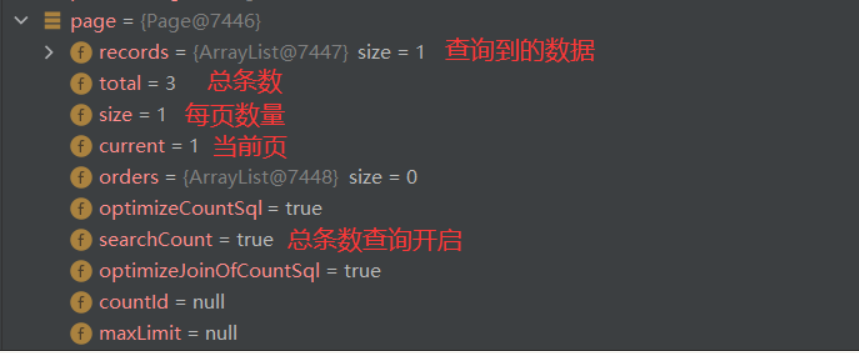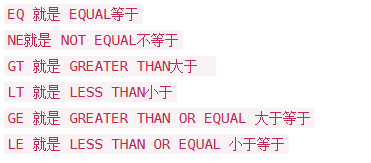Mybatis-Plus分页的使用与注意事项是什么
这篇文章主要介绍“Mybatis-Plus分页的使用与注意事项是什么”的相关知识,小编通过实际案例向大家展示操作过程,操作方法简单快捷,实用性强,希望这篇“Mybatis-Plus分页的使用与注意事项是什么”文章能帮助大家解决问题。
1.写个Mybatis-plus配置类:
是通过拦截器实现分页
@Configuration
public class MybatisConfig {
@Bean
public MybatisPlusInterceptor mybatisPlusInterceptor() {
MybatisPlusInterceptor interceptor = new MybatisPlusInterceptor();
interceptor.addInnerInterceptor(new PaginationInnerInterceptor(DbType.MYSQL));
return interceptor;
}
}
官网复制即可,只是你需要把数据库改为你使用的,这里我是使用mysql

2.写接口测试
很简单
@GetMapping("/test")
public Response test(){
Page<Produce> producePage = new Page<>(1,1);
Page<Produce> page = produceService.page(producePage);
System.out.println(producePage == page);
List<Produce> records = page.getRecords();
for (Produce record : records) {
System.out.println(record);
}
return new Response<>(records, ResultEnum.SUCCESS);
}

默认是会查询总条数,都有get、set方法,可以根据自己的需求设置(点开Page类看看)

3.注意
我们传入的page对象和查询返回的page对象是同一个


4.如果你还有查询条件
比如我们只查询id和price,id小于5的分页查询

1.Lambda表达式
@GetMapping("/test")
public Response test(){
Page<Produce> producePage = new Page<>(1,2);
Page<Produce> page = new LambdaQueryChainWrapper<>(produceService.getBaseMapper())
.select(Produce::getPid,Produce::getPrice)
.lt(Produce::getPid,5)
.page(producePage);
return new Response<>(page.getRecords(), ResultEnum.SUCCESS);
}

2.普通查询
@GetMapping("/test")
public Response test(){
Page<Produce> producePage = new Page<>(1,2);
QueryWrapper<Produce> queryWrapper = new QueryWrapper<>();
queryWrapper.select("pid","price");
queryWrapper.lt("pid",5);
Page<Produce> page = produceService.page(producePage, queryWrapper);
return new Response<>(page.getRecords(), ResultEnum.SUCCESS);
}


关于“Mybatis-Plus分页的使用与注意事项是什么”的内容就介绍到这里了,感谢大家的阅读。如果想了解更多行业相关的知识,可以关注蜗牛博客行业资讯频道,小编每天都会为大家更新不同的知识点。
免责声明:本站发布的内容(图片、视频和文字)以原创、转载和分享为主,文章观点不代表本网站立场,如果涉及侵权请联系站长邮箱:niceseo99@gmail.com进行举报,并提供相关证据,一经查实,将立刻删除涉嫌侵权内容。版权声明:如无特殊标注,文章均为本站原创,转载时请以链接形式注明文章出处。

















评论